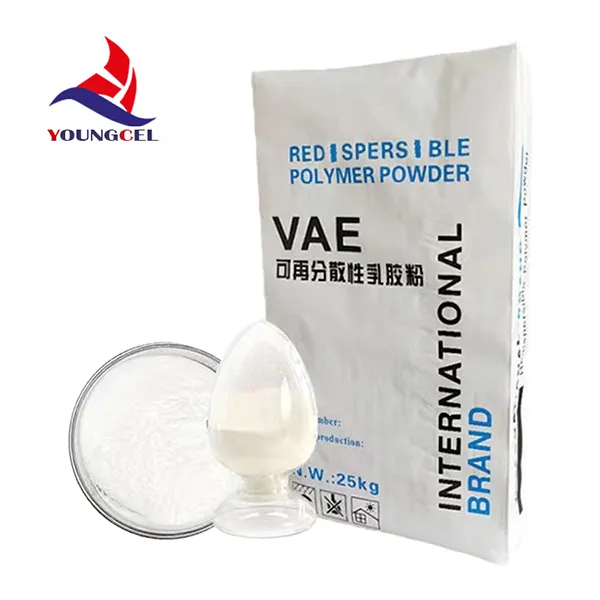Understanding RDP Powder Properties, Applications, and Benefits
RDP powder, short for Redispersible Powder, is a versatile material widely employed in various industries, particularly in construction and adhesives. This polymer powder is typically produced by spray-drying polymer emulsions, resulting in a fine, free-flowing powder that rehydrates when mixed with water. The unique properties of RDP powder make it a valuable additive, enhancing the performance and durability of construction materials like tile adhesives, mortars, and grouts.
Properties of RDP Powder
One of the primary characteristics of RDP powder is its high redispersibility. Unlike conventional powdered polymers that may clump together or lose functionality upon drying, RDP powder can be easily reconstituted in water, allowing for uniform distribution in mixtures. This quality ensures consistent performance in various applications, making it an essential component in formulations where reliability is crucial.
In addition to redispersibility, RDP powder offers excellent adhesion properties. When added to cement-based formulations, it improves the bond strength between surfaces, enhancing the overall durability of the product. The powder also provides flexibility, reducing the risk of cracking in finished applications. Its ability to improve water resistance further contributes to the longevity and performance of construction materials, particularly in humid or wet environments.
Applications of RDP Powder
RDP powder finds its primary application in the construction industry. It is commonly used as an additive in tile adhesives, enhancing their bonding capabilities and ensuring that tiles adhere securely to surfaces. Furthermore, it contributes to improved workability, allowing for easier application and manipulation during the installation process.
In addition to tile adhesives, RDP powder is utilized in various types of mortars and grout formulations. In these applications, it helps to enhance flexibility, adhesion, and water resistance, making the final products more reliable and long-lasting. The use of RDP powder in facade materials and repair mortars is also gaining popularity, as it helps achieve better performance in terms of both structural integrity and aesthetic appeal.
rdp powder

Beyond the construction sector, RDP powder is employed in other industries, including paints, coatings, and sealants. In these applications, it serves to improve the rheological properties of formulations, ensuring that they apply smoothly and adhere effectively to surfaces.
Benefits of Using RDP Powder
The incorporation of RDP powder in construction materials provides numerous benefits. One significant advantage is improved performance characteristics. By enhancing adhesion, flexibility, and resistance to moisture, RDP powder helps extend the lifespan of construction products, reducing the need for frequent repairs or replacements.
Additionally, RDP powder allows for greater formulation versatility. Manufacturers can customize mixtures to meet specific performance criteria, making it easier to develop products tailored to unique environmental conditions or application needs. This flexibility is crucial in a market that increasingly demands high-performance materials.
The efficiency of RDP powder also contributes positively to production processes. Its easy handling and incorporation into formulations can streamline manufacturing, leading to reduced production times and lower costs. As a result, manufacturers can achieve a competitive edge while maintaining high quality standards.
Conclusion
RDP powder is a remarkable additive in the construction industry, providing exceptional properties that significantly enhance the performance and durability of materials. Its versatility across a range of applications, combined with its numerous benefits, makes it an invaluable component for manufacturers seeking to develop high-quality, reliable products. As the demand for advanced construction materials continues to grow, the importance of RDP powder in meeting these needs will only increase, solidifying its role as a key player in modern construction practices.
-
Premium Detergent Grade HPMC Hydroxypropyl Methylcellulose: Superior Thickening & StabilityNewsAug.31,2025
-
HEC 100000 Hydroxyethylcellulose for Paint | Superior ThickeningNewsAug.30,2025
-
Wall Putty Rdp Powder Packaging DesignNewsAug.29,2025
-
Introduction to Hpmc Hydroxypropyl Methyl CellulosNewsAug.29,2025
-
Hpmc Industri Grade IntegrationNewsAug.29,2025
-
How to Choose the Right Construction AdhesiveNewsAug.29,2025




